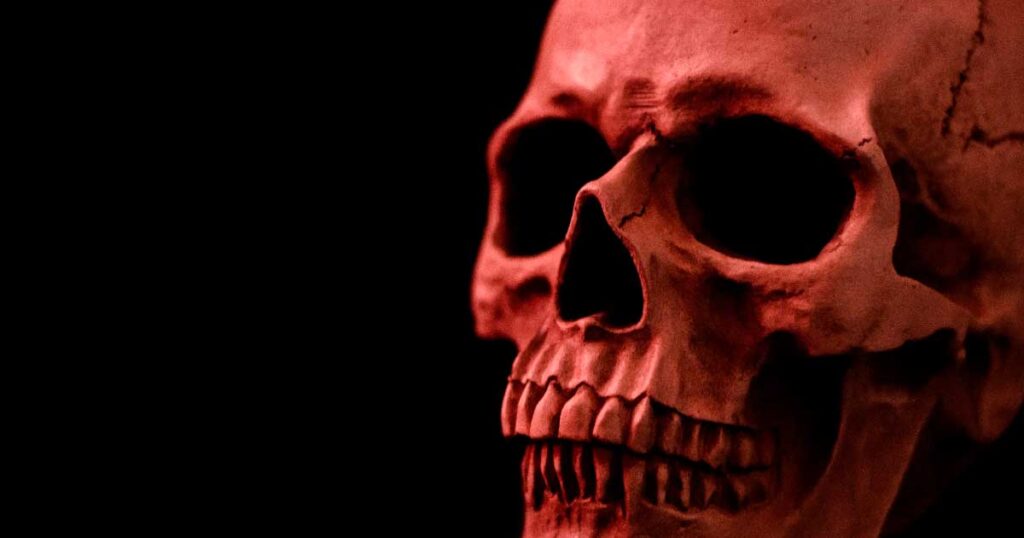Ancient people of the Chincha Valley in southern Peru painted the skeletal remains of their ancestors with red paint.
A recent study examines a phenomenon wherein the ancient people who lived in Peru‘s Chincha Valley applied red paints to the skulls of their deceased ancestors. The researchers who conducted the study published it in the peer-reviewed Journal of Anthropological Archaeology.
The painted remains were found in chullpas, which the study describes as “above-ground and subterranean mortuary structures that have openings and contain multiple individuals.” Chullpas were used for burial from as far back as 1000 CE. Their usage continued until 1825 CE.
Analysis of the paints found that pigments, primarily composed of hematite and cinnabar ochres, were applied to the bones. This was done at some point after the bodies had been skeletonized. The pigment was tested from 38 different samples, including over two dozen skulls.
The paint was applied to a variety of individuals: Men, women and children. Some of the painted remains showed signs of injury while others had elongated skulls, a phenomenon not uncommon to the time and place in which the individuals lived.
Indication of class hierarchy
However, the differences in individuals who received and those who didn’t receive post-mortem pigment seem to be an indicator of class hierarchy. “Red pigment served as a social identifier that materialized difference among the dead, evidenced by the relatively few individuals, mostly adults and males, who bear pigment,” the researchers write in the study.
Additionally, the kind of pigment used distinguished people even further. Cinnabar-based paint, for instance, likely indicated a higher class than hematite paints.
The act of applying the paint also evidences a highly social dying process. Adding the paint to the skulls brought the deceased to a new sort of existence. It brought on new being to their physical and spiritual state.
The researchers write that they “interpret red pigment application to human remains as part of a prolonged process of social dying that transitioned the ontological status of the dead and contributed to the development of social difference and group identity.” This kind of process, where social practices include the remains of long-dead relatives “can result in the transformation of a living being into a ‘new entity with a new kind of existence.’”
But there was another use for handling skeletonized remains. The researchers believe that painting the skeletons had a role in spiritual protection against colonial European influence. Apparently, threats to the dead of desecration and looting by Europeans were a concern. The applied pigments were thought to help guard against this. In fact, some painted remains were placed over other, unpainted remains, in an attempt to protect them.
Source: JPost

